Electrochromic Tungsten Oxide Smart Glass Research or Boosting Fuel Cells Evolution
- Details
- Category: Tungsten's News
- Published on Monday, 29 July 2019 09:54
- Hits: 775
Recent research has found that electrochromic tungsten oxide smart glass plate research or providing new ideas for fuel cells research and development. Smart glass is an energy-efficiency product found in newer windows of cars, buildings, and airplanes, slowly changes between transparent and tinted at the flip of a switch.
However, smart glass usually takes a few minutes to reach a dull state, and repeated cycles between light and dark for a long time will also reduce the quality of the coloring. Chemists have devised a potentially major improvement to both the speed and durability of smart glass by providing a better understanding of how the glass works at the nanoscale.
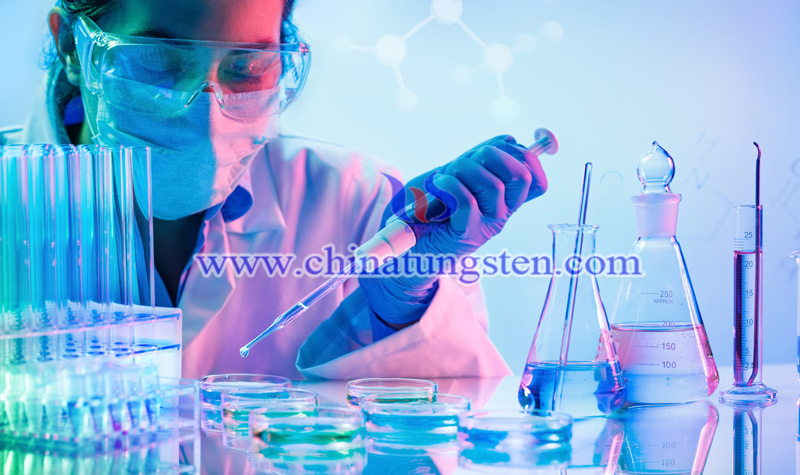
According to foreign media reports, Colorado State University chemists, by better understanding the working principle of smart glass at the nanometer scale, proposed a nano-scale smart glass design method or will improve the color-changing speed of smart glass and durability. This method may also be used to guide the application of fuel cells.
The school's graduate student Colby Evans and assistant professor of chemistry Justin Sambur studied the "electrochromic" smart glass, which works by using a voltage to drive lithium ions into and out of thin, clear films of a material called tungsten oxide. “You can think of it as a battery you can see through,” said Evans. Typical tungsten-oxide smart glass panels take seven to 12 minutes to transition between clear and tinted.
The researchers focused on electrochromic tungsten oxide nanoparticles, which are 100 times smaller than a human hair. Experiments have shown that the coloration speed of a single nanoparticle is four times faster than that of a film composed of the same particle. This is because the interface between the nanoparticles in the film captures lithium ions slows down the coloring behavior. The performance of the material will also decrease over time.
To prove their point, the researchers used a bright field transmission microscope to observe how the tungsten oxide nanoparticles absorb and scatter light. When making "smart glass" samples, they constantly change the amount of nanoparticle material in the sample. As the nanoparticles increase, they observe the mutual contact between them and the change in coloring behavior. They then used scanning electron microscopy to obtain higher-resolution images of the length, width, and spacing of the nanoparticles, so they could tell, for example, how many particles were clustered together, and how many were spread apart.
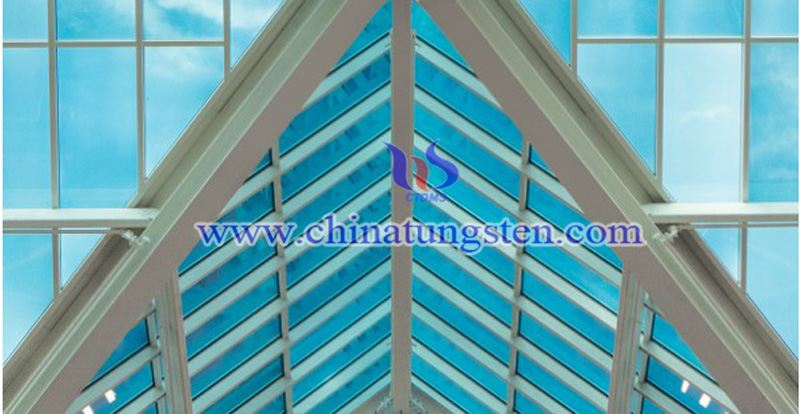
Based on the experimental results, the researchers suggest that if nanoparticle-based materials are fabricated and the particles are kept at an optimal spacing to avoid trapping of ions, it is possible to improve the performance of electrochromic tungsten oxide smart glass. Their imaging technique offers a new method for correlating nanoparticle structure and electrochromic properties, the improvement of smart window performance is just one application that could result. Their approach could also guide applied research in batteries, fuel cells, capacitors, and sensors.
- Tungsten Manufacturer & Supplier, Chinatungsten Online: www.chinatungsten.com
- Tungsten News & Prices of China Tungsten Industry Association: www.ctia.com.cn
- Molybdenum News & Price: news.molybdenum.com.cn
- Tel.: 86 592 5129696; Fax: 86 592 5129797; Email: sales@chinatungsten.com



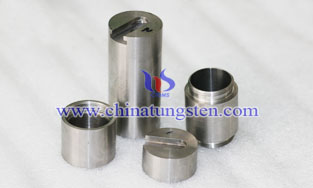


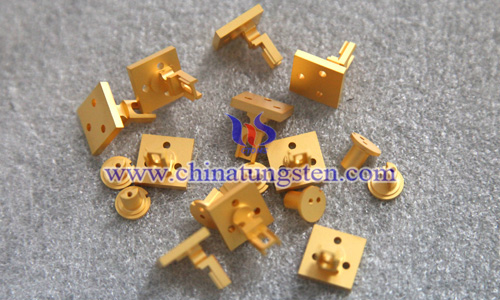
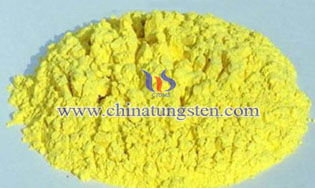
 sales@chinatungsten.com
sales@chinatungsten.com